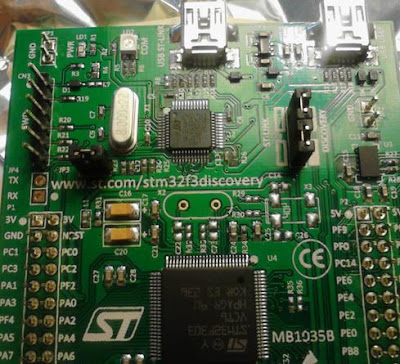Simply said, firmware is software that makes hardware work. Firmware consists of programs written by software developers to make hardware devices "tick". Without firmware, most of the electronic devices we use daily wouldn't be able to work. Firmware is the software responsible for allowing our hardware devices to communicate with each other and do what they are supposed to do.
For example, did you know that a simple traffic light has firmware on it? Yes it does and the firmware is what tells it to change the lights at regular intervals. Without firmware, the traffic light would be just a "stupid" mast, placed on the side of the road, doing nothing except looking pretty.
To make things even clearer, let's take another example: a computer motherboard without firmware wouldn't know how to detect the hard drives or the Blu-Ray drive that's found inside your computer. If your drives didn't have firmware embedded in them, they wouldn't know how fast to spin or when to stop. A wireless network card wouldn't know how to use a certain radio frequency and a smartphone wouldn't know how to power on. And so, and so on.
Can Firmware Be Upgraded?
Most manufacturers release regular updates for the firmware found on their hardware devices. They will also provide the necessary software tools to write the new firmware onto those devices. However, each manufacturer can choose whether it releases a new firmware for a certain device, or not. For instance, most computer parts manufacturers develop and provide customers with new firmware and the corresponding firmware updaters, at least for a few years after the device was launched
To give you an example, the manufacturer of your motherboard can release new firmware updates when it wants to include new features, support new types of CPUs or RAM memory, or when it wants to solve specific problems with your hardware.
Any manufacturer can choose to deliver new firmware for its devices: a router can receive a firmware update that enhances its stability, a DVD writer can learn how to burn new types of discs and so on.
As far as where from to get new firmware, that depends on your hardware device manufacturer. Usually, you can find new firmware (if available) on your your device's support website. Look for a download page, download your new firmware and be careful to follow the upgrade documentation offered by the device manufacturer.
Writing new firmware on your device is a treacherous job and, if done incorrectly, can render your device useless. Forever! Like a brick! That's why some people tell you that you bricked your device: you just ruined its firmware and it can no longer function as it was intended to.










